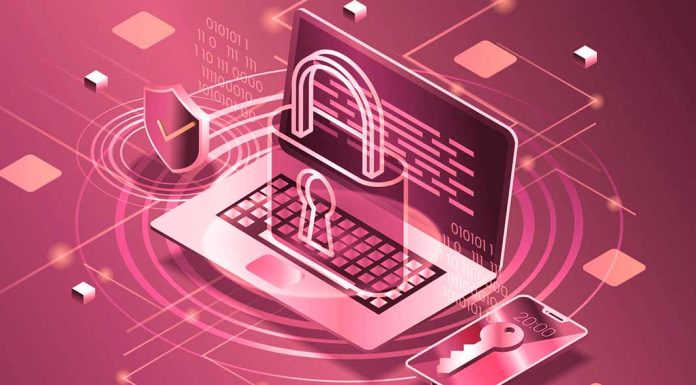Digital security has transformed dramatically, with endpoint security protection becoming a cornerstone of modern business defence strategies.
The Endpoint Data Loss Prevention (DLP) stands as a crucial shield, protecting sensitive information stored on various devices that connect to an organisation’s network. Let’s learn more about it in the blog.
What is an Endpoint DLP?
Endpoint DLP serves as a guardian for all devices that connect to a company’s network, including laptops, smartphones, tablets and desktop computers.
Think of endpoint security protection manager systems as vigilant gatekeepers that monitor and control how data moves in and out of these devices.
These systems work tirelessly to prevent accidental leaks or deliberate theft of sensitive information, making them an essential component of end point security solutions.
Why Do Organisations Need Endpoint DLP?
The rise of remote work and bring-your-own-device (BYOD) policies has created new challenges for data protection. What makes endpoint DLP particularly important is its ability to secure data regardless of where employees work.
Whether someone is working from a coffee shop, home office, or corporate headquarters, endpoint data loss prevention ensures that sensitive information remains protected.
Consider this: a single lost laptop containing customer data or a mistakenly forwarded email with confidential information can lead to significant consequences.
How Endpoint DLP Works?
What is the endpoint DLP operational process? It functions through a combination of monitoring, classification and policy enforcement as follows:
- Data Classification: This method categorises sensitive data including credit card details, personal information and corporate secrets.
- Continuous Monitoring: End point security solutions constantly watch for suspicious activities, like unusual file transfers or unauthorised access attempts.
- Policy Enforcement: When someone tries to share, copy, or move sensitive data, the system checks if this action complies with security policies.
- Action Implementation: Based on the policies, the system can block prohibited actions, require encryption, or alert security teams about potential risks.
Key Features of Modern Endpoint DLP
Modern endpoint data loss prevention systems offer several essential capabilities:
- Device Control: Organisations can manage which devices can connect to their network and what data they can access.
- File Monitoring: The system tracks how files are used, copied, or shared across different platforms and devices.
- Email Protection: It prevents sensitive data from being sent through unauthorised email channels.
- Web Protection: The system monitors and controls data sharing through web browsers and cloud services.
Benefits of Implementing Endpoint DLP
Organisations implementing end point security solutions experience several advantages:
- Security teams gain clear insights into how sensitive data moves across different devices and platforms.
- Organisations can more easily meet data protection requirements and demonstrate compliance to auditors.
- By preventing unauthorised data transfers and access, companies significantly reduce their risk of data breaches.
- The system helps educate employees about data security through real-time feedback and alerts.
Best Practices for Endpoint DLP Implementation
To maximise the effectiveness of endpoint security protection, organisations should:
- Establish straightforward guidelines about data handling and security requirements.
- Keep the endpoint security manager system current with the latest security updates and threat definitions.
- Ensure all staff understand security policies and the importance of data protection.
- Review and change your security rules all the time to keep up with new threats and changing business needs.
Conclusion
Endpoint Data Loss Prevention represents a critical component of modern cybersecurity strategy. Protecting endpoint devices becomes much more important as companies continue to allow online work and digital change.
By implementing robust endpoint DLP solutions, organisations can better protect their sensitive data while enabling employees to work efficiently and securely from any location.

